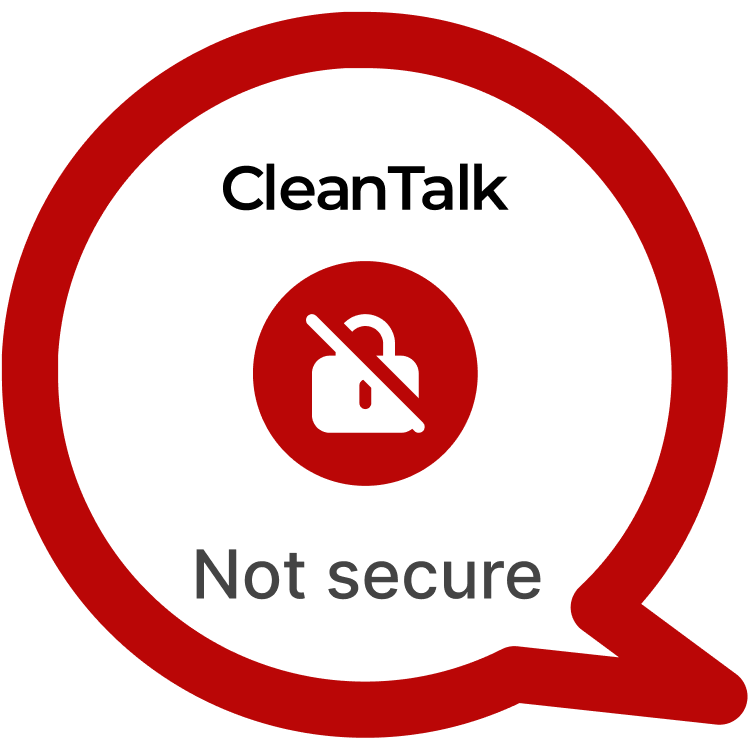The discovery of CVE-2024-3239 in the PostX plugin unveils a concerning vulnerability, exposing WordPress sites to the risk of Stored XSS attacks. This threat poses a significant danger to website security and integrity.
| CVE | CVE-2024-3239 | |
| Plugin | PostX < 4.0.2 | |
| Critical | Very High | |
| All Time | 1 562 515 | |
| Active installations | 40 000+ | |
| Publicly Published | April 15, 2023 | |
| Last Updated | April 15, 2023 | |
| Researcher | Dmtirii Ignatyev | |
| OWASP TOP-10 | A7: Cross-Site Scripting (XSS) | |
| PoC | Yes | |
| Exploit | No | |
| Reference | https://cve.mitre.org/cgi-bin/cvename.cgi?name=CVE-2024-3239 https://wpscan.com/vulnerability/dfa1421b-41b0-4b25-95ef-0843103e1f5e/ | |
| Plugin Security Certification by CleanTalk |  | |
| Logo of the plugin |
Timeline
| April 1, 2024 | Plugin testing and vulnerability detection in the PostX have been completed |
| April 1, 2024 | I contacted the author of the plugin and provided a vulnerability PoC with a description and recommendations for fixing |
| April 15, 2024 | Registered CVE-2024-3239 |
Discovery of the Vulnerability
During routine testing, security researchers unearthed a critical flaw in the PostX plugin, allowing malicious actors to execute Stored XSS attacks. By exploiting this vulnerability, attackers can gain unauthorized access to admin accounts, compromising the entire WordPress site.
Understanding of Stored XSS attack’s
Stored XSS vulnerabilities enable attackers to inject malicious scripts into web applications, which are then executed by unsuspecting users. In WordPress, this can occur through various entry points, such as input fields, forms, or plugins. Real-world examples highlight the severity of such attacks, underscoring the need for robust security measures.
Exploiting the Stored XSS Vulnerability
To exploit CVE-2024-3239, attackers can leverage the PostX plugin by embedding malicious JavaScript code within a new post. By manipulating specific fields, such as the “headingURL” parameter, attackers can execute arbitrary scripts, leading to admin account creation and potential site takeover.
POC:
Create a new Post and add “Ultimate post Heading” block. Change “headingURL” field to 123″ onmouseover=alert(1)//
____
To exploit CVE-2024-3239, attackers can leverage the PostX plugin by embedding malicious JavaScript code within a new post. By manipulating specific fields, such as the “headingURL” parameter, attackers can execute arbitrary scripts, leading to admin account creation and potential site takeover.
Recommendations for Improved Security
To mitigate the risk posed by CVE-2024-3239 and similar vulnerabilities, WordPress site owners should promptly update the PostX plugin to the latest secure version. Additionally, implementing strict input validation and output sanitization practices can help prevent XSS attacks. Regular security audits and penetration testing are also essential to identify and remediate any potential vulnerabilities proactively.
By taking proactive measures to address Stored XSS vulnerabilities like CVE-2024-3239, WordPress website owners can enhance their security posture and safeguard against potential exploitation. Stay vigilant, stay secure.
#WordPressSecurity #StoredXSS #WebsiteSafety #StayProtected #VeryHighVulnerability
Use CleanTalk solutions to improve the security of your website
DMITRII I.